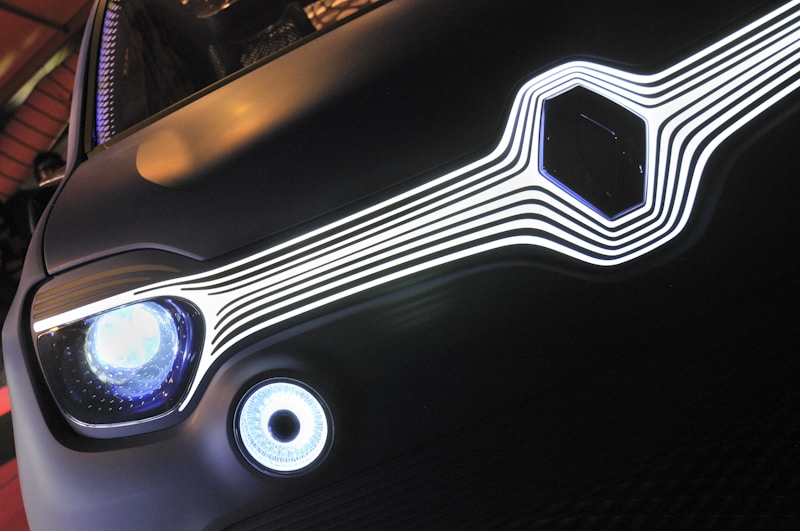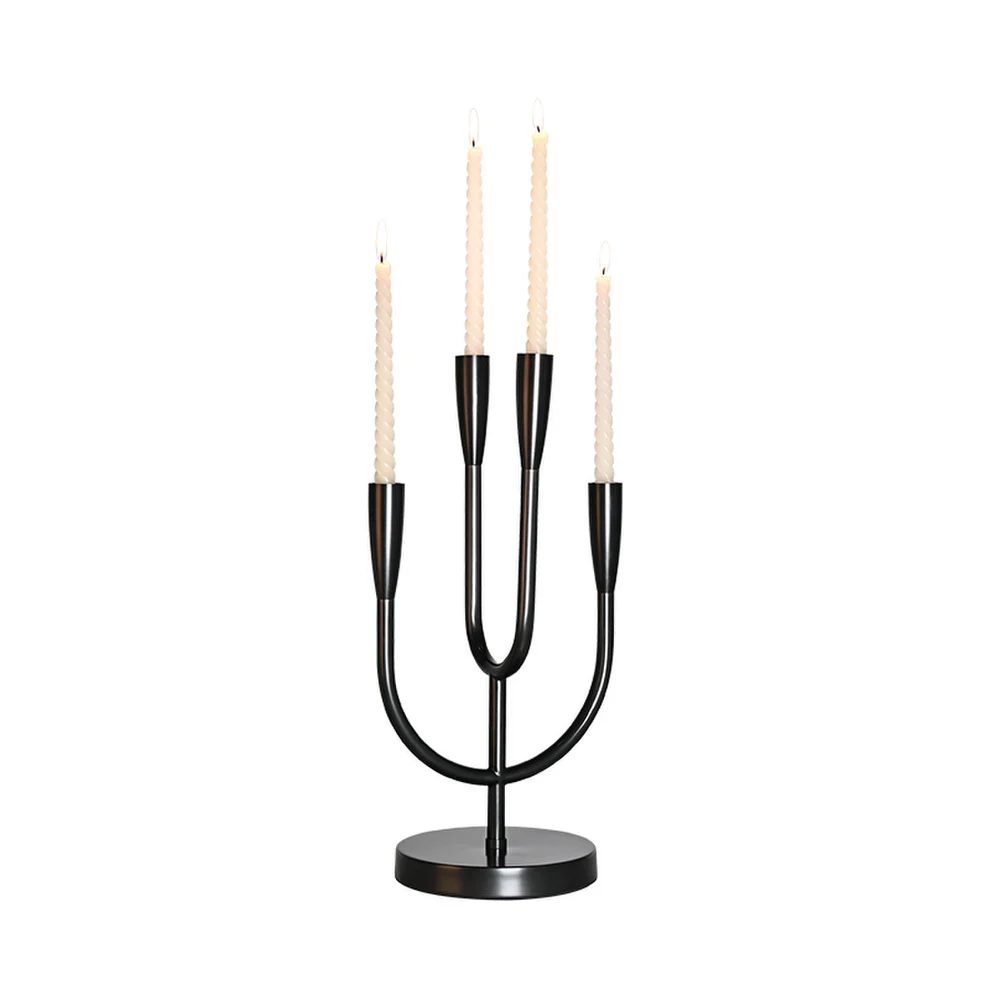Exploring the Real-World Applications of LED Technology Across Various Industries
Exploring the Real-World Applications of LED Technology Across Various Industries
Introduction to LED Technology
Light Emitting Diodes (LEDs) have revolutionized the way we illuminate our world and have found a wide array of applications across different sectors. From enhancing the energy efficiency of homes to transforming the healthcare landscape, the potential of LED technology extends far beyond conventional lighting. This article delves into the real-world applications of LED technology in various industries, highlighting its benefits, challenges, and future prospects.
Table of Contents
| 1. Introduction to LED Technology |
| 2. LED Applications in the Automotive Industry |
| 3. LED Technology in Healthcare |
| 4. Impact on the Entertainment Industry |
| 5. Sustainable Agriculture with LED Lighting |
| 6. Energy-Efficient Solutions in Retail |
| 7. Future Trends and Conclusion |
LED Applications in the Automotive Industry
In the automotive sector, LED technology is making significant strides. Modern vehicles utilize LED Lighting for headlights, taillights, and interior illumination due to their energy efficiency and longevity. For instance, cars equipped with LED headlights consume up to 75% less energy than traditional halogen bulbs while providing superior brightness and visibility.
Safety EnhancementMoreover, the brighter light emitted by LEDs enhances visibility during nighttime driving conditions, leading to improved road safety. Innovative designs, such as adaptive lighting that adjusts based on the speed and direction of the vehicle, are becoming increasingly popular. These features not only deliver better performance but also add aesthetic value to vehicle designs.

LED Technology in Healthcare
The healthcare industry is also reaping the benefits of LED technology. Hospitals and clinics are adopting LED Lighting systems owing to their ability to provide optimal lighting for various medical applications. Surgical rooms, for example, utilize LED Lights that mimic natural daylight, which is crucial for the accuracy of surgical procedures.
Advantages of LED in HealthcareLED Lighting systems in hospitals contribute to better patient outcomes by enhancing visibility and reducing energy costs. Furthermore, the use of colored LEDs in phototherapy treatments is proving effective in treating conditions such as jaundice in newborns and seasonal affective disorders in adults.
Impact on the Entertainment Industry
The entertainment sector has transformed dramatically with the adoption of LED technology. From large-scale concerts to movie sets, LEDs provide vibrant colors and dynamic lighting effects impossible with traditional lighting options. The use of LED screens for billboards and advertising spaces has sky-rocketed, given their brightness and low energy consumption.
Event Lighting and DisplaysLED technology allows for innovative stage designs and immersive experiences for audiences. In addition to concerts and theatrical performances, LED walls are frequently used in sports arenas, enhancing the spectator experience with high-resolution displays and engaging visuals.
Sustainable Agriculture with LED Lighting
LED technology has also made a massive impact on the agricultural sector, particularly in indoor farming and greenhouse operations. By utilizing specific wavelengths of light, farmers can optimize the growth conditions for their crops. This targeted light exposure promotes photosynthesis, leading to healthier plants and increased yields.
Benefits of LEDs in AgricultureFarms adopting LED technology report significantly lower energy costs. In controlled environment agriculture (CEA), LEDs can be used to create the ideal growth environment, negating the challenges posed by seasonal variations and climate change.
Energy-Efficient Solutions in Retail
Retail spaces are also undergoing a transformation due to the installation of LED Lighting. Stores utilizing LED Lights not only reduce their energy consumption but also enhance the shopping experience through better illumination of products. Customers tend to be more engaged and spend more time in well-lit environments.
Branding and AestheticsFurthermore, retailers are leveraging the versatility of LED Lighting to create compelling displays and atmospheres that reflect their brand image. Using warm and cool light tones strategically helps in guiding customer behavior and increasing sales.
Challenges of LED Implementation
Despite the myriad benefits of LED technology across various industries, there are challenges to consider. The initial cost of installation can be a deterrent for smaller businesses. Furthermore, compatibility issues with existing infrastructure may arise, necessitating additional modifications or replacements. Lastly, the market has witnessed a variety of products, and selecting the right quality source is critical, as substandard LEDs can lead to poor performance and reduced lifespan.
Future Trends and Conclusion
As we look to the future, LED technology will continue to evolve, paving the way for even more innovative applications. The advancement of smart LED systems, which allow for remote control and automation based on user preferences, is on the horizon. Additionally, as sustainability becomes a focal point in many industries, the role of energy-efficient lighting solutions will become increasingly paramount.
SummaryIn conclusion, the real-world applications of LED technology are vast and varied, offering significant benefits across multiple industries—from automotive and healthcare to entertainment and agriculture. As businesses and consumers continue to acknowledge the importance of energy efficiency and sustainability, LED technology will likely see further adoption and innovation. It is essential for stakeholders to navigate the challenges associated with implementation and ensure they select quality solutions for their respective applications. Adopting LED technology is not just about changing light fixtures; it's about embracing a brighter, more sustainable future.
